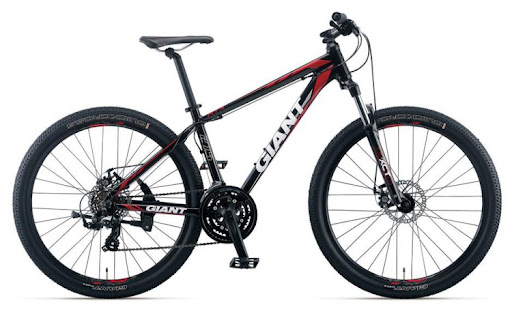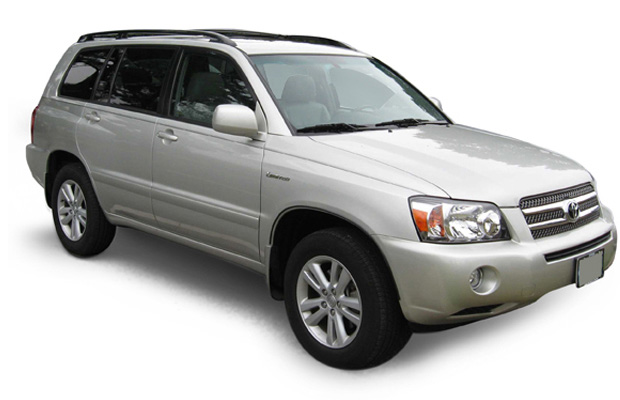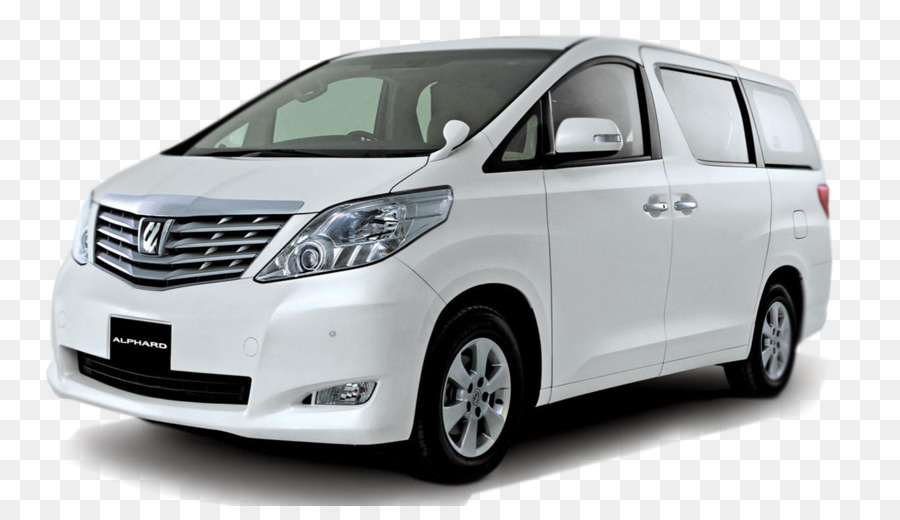Tuk-tuks are ubiquitous in Cambodia and are a popular mode of transportation for both locals and tourists.
- What is a Tuk-Tuk?: A tuk-tuk is a three-wheeled vehicle commonly used as a taxi or transportation option in many Southeast Asian countries, including Cambodia. It consists of a motorcycle or scooter with a cabin attached to the rear, typically seating two to four passengers.
- Convenience and Accessibility: Tuk-tuks are readily available in most cities and towns across Cambodia, especially in tourist areas and near popular attractions. They offer a convenient and flexible way to navigate urban areas, particularly in crowded or narrow streets where larger vehicles may struggle to pass.
- Affordability: Tuk-tuks are generally affordable, especially for short distances within cities. However, it’s essential for tourists to negotiate the fare before starting the journey, as prices may vary depending on factors such as distance, time of day, and the tourist’s bargaining skills.
- Safety Considerations: While tuk-tuks are a common and relatively safe mode of transportation, tourists should exercise caution, especially when traveling at night or in less crowded areas. It’s advisable to choose reputable tuk-tuk drivers who adhere to safety regulations and drive responsibly.
- Comfort and Weather Protection: Tuk-tuks in Cambodia typically do not have air conditioning or weather protection, except for a canopy or roof overhead. Tourists should be prepared for exposure to the elements, including heat, rain, and dust, particularly during the hot and humid seasons.
- Navigation and Communication: Most tuk-tuk drivers in Cambodia may not speak fluent English, so it’s helpful to have the name and address of your destination written down or saved on a map app on your smartphone. Simple phrases in Khmer (the local language) or English can also facilitate communication.
- Scenic Views: Traveling by tuk-tuk provides an open-air experience, allowing tourists to enjoy the scenic beauty of the Cambodian countryside as they journey between temples and villages. This enhances the overall travel experience and provides opportunities for photography and sightseeing.
- Cultural Interaction: Tuk-tuk rides often involve interaction with local drivers, providing tourists with the chance to engage with Cambodian culture and learn more about the local way of life. Drivers may share insights, stories, and recommendations, adding depth to the travel experience and fostering cultural exchange.
- Authenticity: Traveling by tuk-tuk offers a more authentic and immersive experience of Cambodia’s countryside and rural life. Tourists can observe daily activities, interact with locals, and gain a deeper understanding of traditional customs and practices, enriching their cultural experience.
- Environmental Friendliness: Tuk-tuks are relatively eco-friendly compared to motorized vehicles, as they have lower fuel consumption and emissions. Opting for a tuk-tuk ride contributes to sustainable tourism practices and minimizes the environmental impact of travel, supporting conservation efforts in rural areas.
Overall, choosing a tuk-tuk as transportation for exploring ancient temples and countryside villages in Cambodia offers a blend of convenience, affordability, authenticity, and cultural immersion, making it an excellent choice for adventurous travelers seeking to experience the beauty and charm of the country’s rural landscapes and historical sites.








